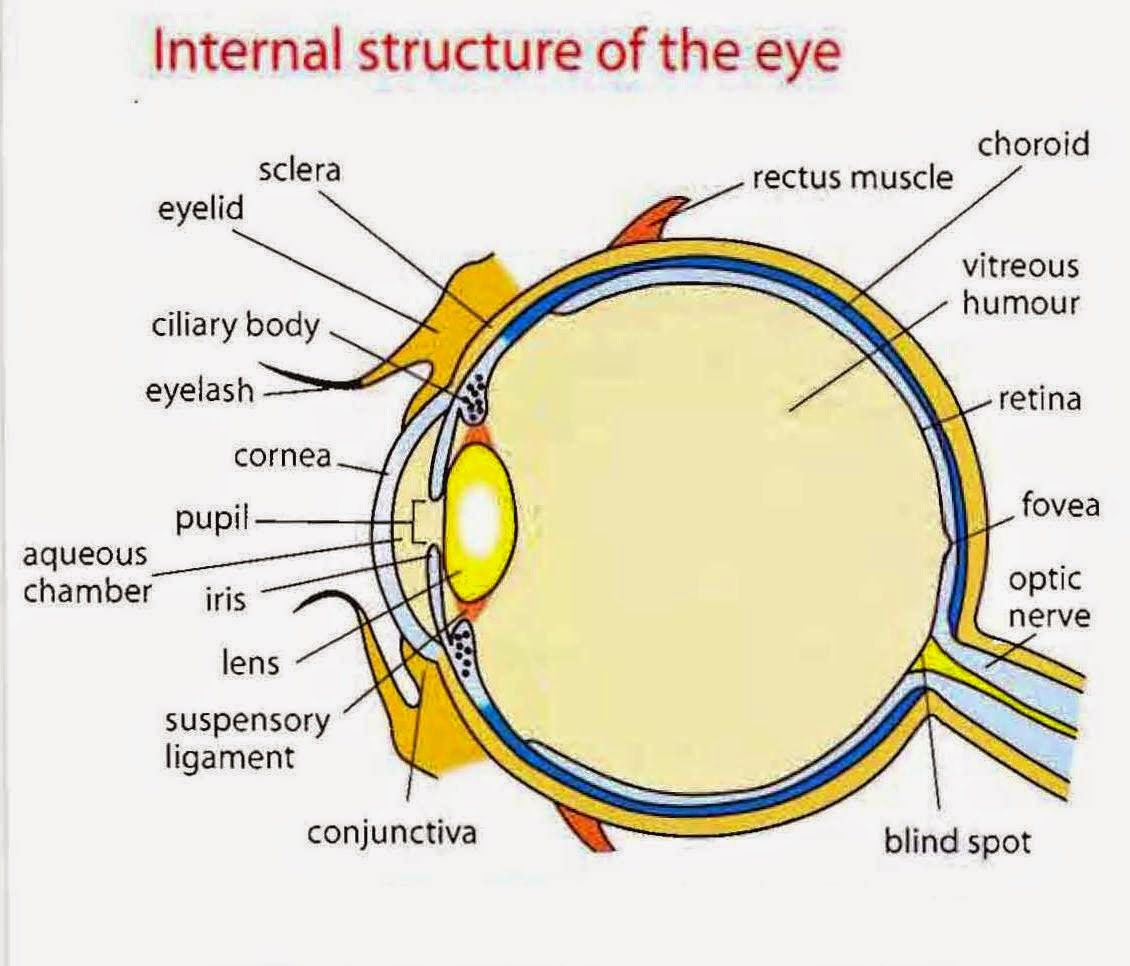In order to see objects at various distances an image must be focused clearly on the retina so that the photo- receptive rods and cones are stimulated, this is done in different ways by various vertebrates.
The cornea, aqueous humour, lens and vitreous body are transparent, together they form a dioptric apparatus to focus the image of an object on the retina.
But the cornea and lens are of primary importance, the cornea places the image on the retina and the lens makes adjustments for sharp focusing.
ADVERTISEMENTS:
In most animals the eye is focused for objects beyond 20 or 30 ft., for near objects the lens has to be adjusted to form a clear image, this adjustment is called accommodation.
In mammals accommodation is brought about by changing the convexity or focal length of the lens, the nearer the object the lens becomes more convex by means of ciliary muscles which contract in such a way that they pull towards the lens, thereby releasing the tension on the suspensory figments and lens capsule, this reduces the radius of curvature of the lens, and the lens bulges out becoming more spherical and displacing the iris anteriorly.
At the same time the pupil contracts and a clear inverted image of the object is formed on the retina.
ADVERTISEMENTS:
The image on the retina is inverted, light first passes through the layers of the retina before it stimulates the rods and cones, impulses thus set up then pass back from the visual cells through the bipolar and ganglion cells to reach the fibres of the optic nerve.
The retina is said to be “inverted”. The inversion of the retina occurs during development of eye.
In the neural plate of the embryo there are patches with an outermost pigment layer, next to these are sensory receptor cells, and inside are conducting nervous cells.
When the neural plate folds to form a neural tube then this arrangement of cells is reversed, the photo sensitive receptor cells come to lie towards the inside of the neural tube, i.e., away from the source of light.
ADVERTISEMENTS:
Hence in the fully-formed vertebrate eye the position of rods and cones is reversed one, and this explains the inversion of the retina and formation of inverted image.

